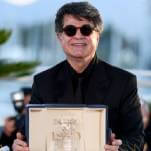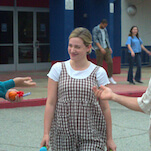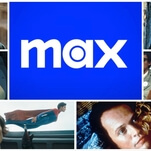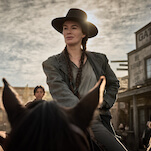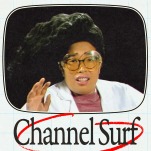The Stunt Man

Richard Rush’s The Stunt Man was released in 1980, the same year as Heaven’s Gate, the famed Michael Cimino debacle that nearly destroyed United Artists and marked an unofficial end to a libertine decade when directors were kings. Yet in Peter O’Toole’s performance as the half-mad egomaniac behind The Stunt Man’s movie-within-a-movie (within-a-movie-within-a-movie), Rush— adapting Paul Brodeur’s novel—offers a sly commentary on the state of the ’70s auteur. It’s just as pointed as the lessons of Cimino’s excesses, and in this case, it’s intentional. O’Toole’s efforts to orchestrate a tale of World War I derring-do on an outrageous scale, with vintage biplanes, helicopter shots, and a giant crane that swoops him around the set, uncannily recall Francis Ford Coppola’s yearlong misadventures in the Philippines for Apocalypse Now. He’s simultaneously a crazed visionary and comically indulgent, striving for spectacular, original images even if it means torturing his cast and crew, or treating his screenwriter like a dog.



